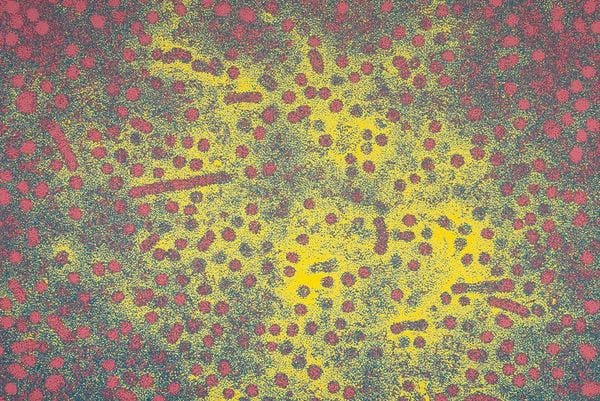Hepatitis and the Sustainable Development Goals: Time for an end run
By Jeffrey V. Lazarus
Well it’s official. The governments of the world have committed to ending HIV, tuberculosis and malaria, but merely ‘combatting’ viral hepatitis.
When the United Nations General Assembly voted to adopt the Sustainable Development Goals (SDGs) on 25 September, I don’t doubt that advocates of many stripes were left feeling that this highly influential agreement did not sufficiently recognize the urgency of their claims.
It is not my intention to argue that viral hepatitis advocates have been short-changed any more than those who care deeply about other issues. I do, however, think it is important for everyone committed to ending viral hepatitis to think about what this aspect of the SDGs means to us.
Goal 3.3 reads: By 2030, end the epidemics of AIDS, tuberculosis, malaria and neglected tropical diseases and combat hepatitis, water-borne diseases and other communicable diseases.
It is estimated that combined mortality from hepatitis B virus (HBV) and hepatitis C virus (HCV) exceeded HIV-related mortality in 2013. HBV, unlike HIV, can be prevented with a vaccine. HCV, unlike HIV, is curable. How can it possibly make sense to aspire to end HIV and not also HBV and HCV?
The question is irrelevant, because the complex years-long consultation and negotiation processes that gave rise to the SDGs were not about applying this lens. While the SDGs are intended to present a unified and holistic development vision, efforts to acknowledge the priorities of a vast array of interest groups have resulted in a final document that might be metaphorically described as an extremely large patchwork quilt assembled under duress.
Click here to read the full article.
Keep up-to-date with drug policy developments by subscribing to the IDPC Monthly Alert.
Thumbnail: Flickr CC Pasteur
